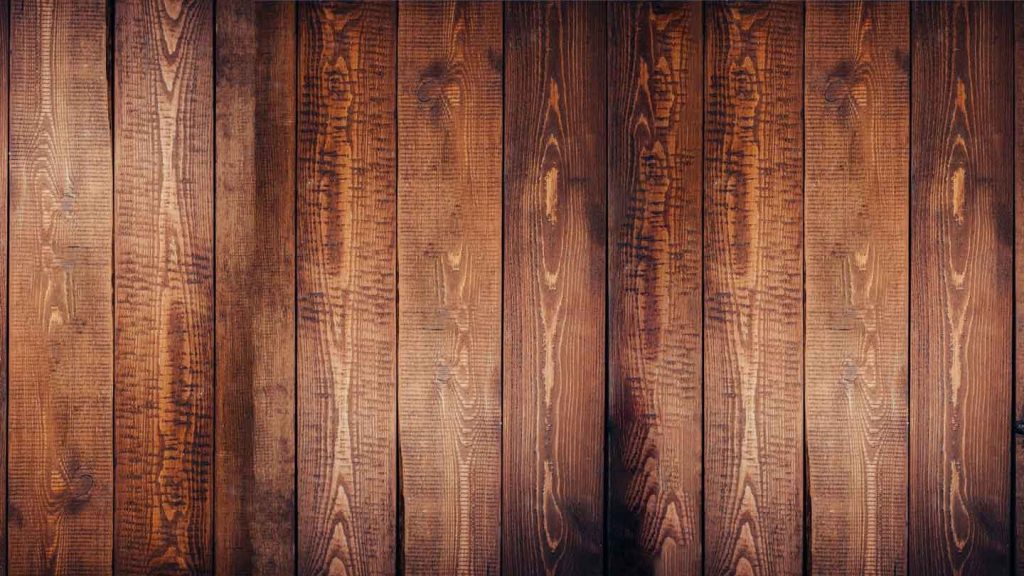Rooms don’t look complete without molding or the baseboard. The key function of this is to conceal its gap between the wall and flooring. It may create a design statement conditional on the style. For a room design, baseboard molding plays a vital role in the architectural element.
In a room, baseboard moldings include a prominent expense. It means it makes logic to be careful while removing them if you desire to band or redecorated them for reinstatement. You should take carefully remove essentials to keep away from wall damaging.
It’s even if you’re changing the moldings along with new ones to improve the style. Baseboards may crack, and taking them away can harm the wall. But, nothing will happen when you get the time and act methodically. So, before you do it yourself bulkhead repair yourself, let’s know more about the steps.
First Step: Cut the Caulking
Run the top of the baseboards with a sharp utility knife to hack through the caulking when present. This is when it’s available. If the base panels have caught on the underlying lip, this is still a smart thing to cut, but it doesn’t matter as much. The key justification for cutting the padding is to avoid damage to the wall if the baseboards have removed.
Second Step: Start at the Center of Each Board
Take a thin-bladed tool between the baseboard and the wall and move to the middle of the wall. The best tool for this is a stiff metal putty knife, which can lead to minimal injury.
Place the blade near the nail and pry outside to clear a crack, and then insert a pry bar to operate the nail carefully. You can pry the basic board off with the knife, but the pry bar is not necessary. It’s in the case of this.
Third Step: Work toward the Corners
Situate the nail closest to both sides of the middle point and repeat the process using the putty knife and pry bar if possible. When the baseboard falls off the wall, you may insert the fingers to coax the baseboard better. Continue to work the nails up until the corner has reached.
Be vigilant, particularly at the corner, as the molding’s mitered or coped ends can easily break down. When the first corner is free, come back to the middle and head the other direction.
Fourth Step: Remove Nails & Number Each Board
Place the foundation board on a workbench and cut the nails. You can only pick out the naked plate from the backside of the baseboards that have discarded.
However, it may be preferable to use a prybar or a canal locking pin to remove the finishing clocks from the back instead of pounding them back from the molding’s front face if you intend to reuse the foundation panels.
Fifth Step: Clean Up the Wall
If they did not get freed after the baseboards were lifted, use a pin or a nail puller to loosen the wall’s nails. Near to the baseboards, it is fairly common for them to stay in position.
Some caulk will also be trapped at the wall if the baseboards caulk. You will normally extract them by combining cutting and pulling with a pin or fingers with a utility knife. You can also look for “bulkhead contractors near me” in order to get a contractor near your location.

